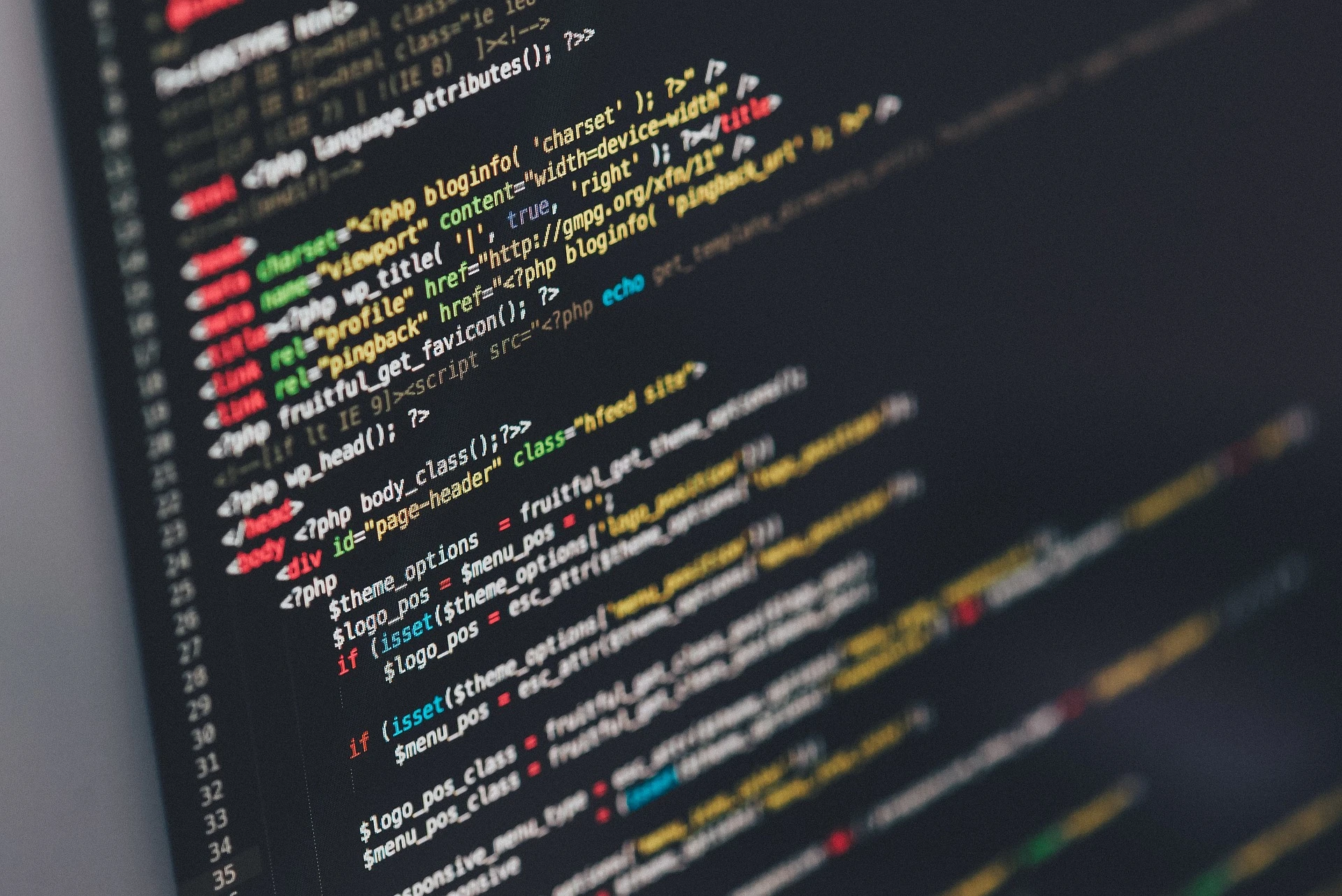Editors Note: This article comes fromCarbon chain value (ID: cc-value)Editors Note: This article comes from
 Carbon chain value (ID: cc-value)
Carbon chain value (ID: cc-value)
, Author: Bai Ye, Editor: Tang Han, reproduced by Odaily with authorization.
This article is Bitcoin Mining In-Depth Survey: Are Humans Wasting Energy, or Creating Energy? Sister article. Both articles are from the in-depth investigation report of the Bitcoin mining industry by Coinshares. It is worth noting that although this article was written in June 2019, which deviates from the current status of the mining industry, the idea of calculating mining costs in this article is worth learning and learning from.
By reading this article, we can know that even if the price of Bitcoin rises to 10,000 US dollars (in June 2019) and we choose to mine, it is possible for us to mine Bitcoin at a cost of less than 3,500 US dollars. The time lag between the mining market and the Bitcoin secondary market gives miners great room for arbitrage. In addition, through the calculation method provided by Coinshares, we can find a way to price the mining machine.
Miners are critical to the Bitcoin protocol and network health, no doubt about it.
However, due to its opacity, the Bitcoin mining industry always gives people a sense of mystery, which has caused many misunderstandings. For example, many Bitcoin supporters hope to decentralize mining, but so far, the entire mining industry is still It tends to be centralized, and the computing power is also concentrated in the hands of some large mines.
So, how can we achieve the ultimate goal of decentralized mining? Quite simply, we first need an in-depth understanding of Bitcoin and the Bitcoin mining ecosystem. A full study of the Bitcoin mining network is also essential, because without extensive research and collection of mining dynamics and economic data, the It is difficult to make an accurate judgment on this mysterious industry.
Overall, although the proportion of handling fees in the total income of miners has increased, the vast majority of miners income still comes from mining rewards rather than handling fees.
According to data from CoinMarketcap.io, during 2018, the value of mining rewards received by bitcoin miners reached US$5.5 billion, of which US$5.2 billion (accounting for about 97%) were newly mined bitcoins, and another US$300 million USD (approximately 3%) are transaction fees. If calculated according to the bitcoin price on May 31, 2019 and the average cost of 30 days per block, the annual return of bitcoin miners is estimated to be 6.2 billion US dollars per year, of which 94% comes from newly mined bitcoins, 6% comes from transaction fees.
secondary title
 Bitcoin network development
Bitcoin network development
In November 2018, the Bitcoin network computing power was about 40 EH/s, and in June 2019 it increased to 50 EH/s, an increase of 25%. However, the growth rate of Bitcoin computing power during this period was lower than the ten-year average (as shown in the figure below), but comparable to the five-year average (calculate statistics from 2014, because 2014 is basically the start of industrial mining. A banner year for the mining age).
In the past half a year, we can actually divide the Bitcoin market into two stages: the decline stopped and the bottomed out. The initial price rebound of Bitcoin seems to be somewhat affected by the flood season in Southwest my country. Judging from the current situation, the computing power of the Bitcoin network has fully recovered and has broken through the highest level in history.
During the Bitcoin bear-to-bull transition period, we can observe two substantial macro trends:
1) Many mining entities go bankrupt, liquidate, or transfer ownership, and those who can survive in the market are miners with sufficient stock capital;
2) The latest generation of mining equipment is deployed on a large scale for the first time.
It is worth noting that at the end of 2018, Bitcoin’s computing power dropped by about 40%, which was also the first time that the computing power decreased due to the continuous large-scale correction of Bitcoin’s price. However, this situation will not cause Bitcoin mining to fall into a death spiral (that is, the price drop will cause some miners to shut down, the computing power will plummet, and the security will decrease, which will further lead to a decline in the currency price). On the contrary, the Bitcoin system is completely in accordance with its The design is working, the difficulty of mining also decreases with the decrease of computing power, and the decrease of bitcoin price also leads to the decrease of mining cost.
Let us now look at the second phase of the six-month period in the first half of the year, the recovery phase of computing power, which is driven by two factors:
 1) As the price of Bitcoin rebounded, most of the mining equipment that had been shut down was restarted, and the cheap electricity price during the flood period also allowed the mining machines to obtain positive cash flow;
1) As the price of Bitcoin rebounded, most of the mining equipment that had been shut down was restarted, and the cheap electricity price during the flood period also allowed the mining machines to obtain positive cash flow;
On the other hand, China still occupies a dominant position in the field of mining hardware manufacturing, and there is no sign of an immediate reduction in production. Even though Bitmain has a series of negative rumors, you will find that other mining machine manufacturers are actually from China. While there is a degree of regulatory uncertainty about bitcoin mining policies and increased scrutiny, these haven’t had much real impact on Chinese miners.
It is worth noting that many domestic miners are actually operating in a legal gray area, but there are large differences between different local jurisdictions. Some local governments seem to be more inclined to view the mining industry positively because it can Generate strong local revenues. But there are also some rumors that some local governments do not welcome miners, such as Inner Mongolia and Xinjiang during the dry season last year.
secondary title
 Average Total Creation Cost/ROI Breakeven Level
Average Total Creation Cost/ROI Breakeven Level

 Current estimates depreciate miner ¢5/KWh and 18-month capex at about $5,600, compared to about $8,500 last November. The US/BTC market creation cost (Market-Wide Creation Cost) under the assumption of 15% of CO operating capital and standard capital expenditure is shown in the figure below:
Current estimates depreciate miner ¢5/KWh and 18-month capex at about $5,600, compared to about $8,500 last November. The US/BTC market creation cost (Market-Wide Creation Cost) under the assumption of 15% of CO operating capital and standard capital expenditure is shown in the figure below:
In the table we can observe that miners have access to very cheap electricity (~¢3/kWh) and brand new next-generation mining equipment (probably depreciated in 2-3 years), which can cost less than $3500 Mining bitcoins. The cost of bitcoin mining could even be lower if miners have access to more affordable mining equipment. We analyzed the US/BTC Market-Wide Creation Cost under the assumption of 15% of CO operating capital and less than 50% and 25% of standard capital expenditures, as shown in the following two figures:
 Considering the recent rebound in Bitcoin prices, we believe that the current Bitcoin mining industry will be highly profitable, with only relatively cheap electricity costs (<¢5/kWh) generating a positive ROI for the first two generations of mining hardware rate, and the next generation of new mining machines can generate a positive return on investment even under relatively expensive electricity costs (>¢5/kWh), as shown in the figure below:
Considering the recent rebound in Bitcoin prices, we believe that the current Bitcoin mining industry will be highly profitable, with only relatively cheap electricity costs (<¢5/kWh) generating a positive ROI for the first two generations of mining hardware rate, and the next generation of new mining machines can generate a positive return on investment even under relatively expensive electricity costs (>¢5/kWh), as shown in the figure below:
 The marginal creation cost sensitivity of power operating capital and capital expenditure level under 0.05$/Kwh:
The marginal creation cost sensitivity of power operating capital and capital expenditure level under 0.05$/Kwh:
We also noticed that during the period between late 2018 and early 2019, mining equipment prices collapsed in the secondary market, resulting in a large number of transfers of ownership. At ¢5/kWh and an 18-month depreciation schedule, market-average capex has fallen from 53% of total creation cost in November 2018 to 38% currently.
secondary title
Another cost metric to consider is the average cash flow break-even level, which is critical for estimating price levels, as the average miner will have to shut down their mining rigs below the average cash flow break-even level. Of course, the return on investment break-even level indicator is equally important, but if the price continues to be lower than the average cash flow break-even level, it means that the miners will get less and less money, and as time changes, it will also affect the industry as a whole. Ownership ratio, which in turn leads to a decline in the computing power of the entire network.
If estimated on the basis of ¢5/kWh and 15% CO working capital, the current market average cash flow break-even point is about $3,300, which is higher than the $3,000 in November 2018. The main reason why this indicator has improved is that the total computing power of the entire network has increased by 25%, and the mining efficiency of mainstream mining machines has also increased by about 10%.
secondary title
Electricity Consumption for Bitcoin Mining
At the time of writing this article, the total power consumption of Bitcoin mining on the entire network is estimated to be 4.7 GW, which consists of two parts: one is the power consumed by pure mining, and the other is the extra power consumed by the mining machine for heat dissipation/cooling (In 2018, it was estimated that this energy consumption accounted for 20% of the total power of Bitcoin mining, but it was found that this proportion was seriously exaggerated, so the estimated ratio in 2019 was about 10%).










